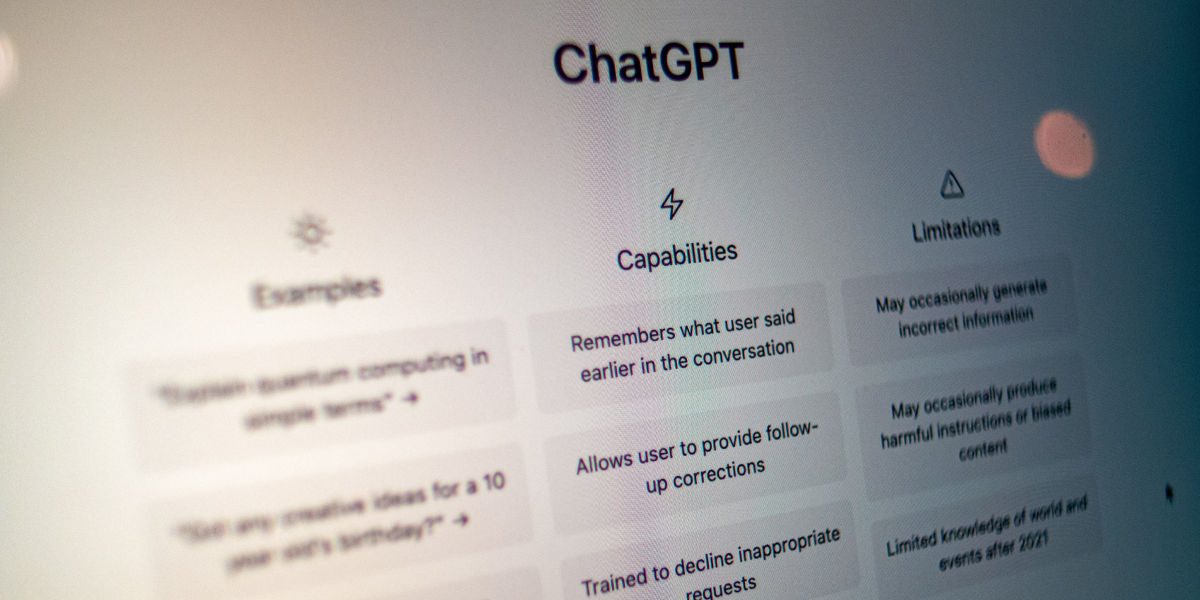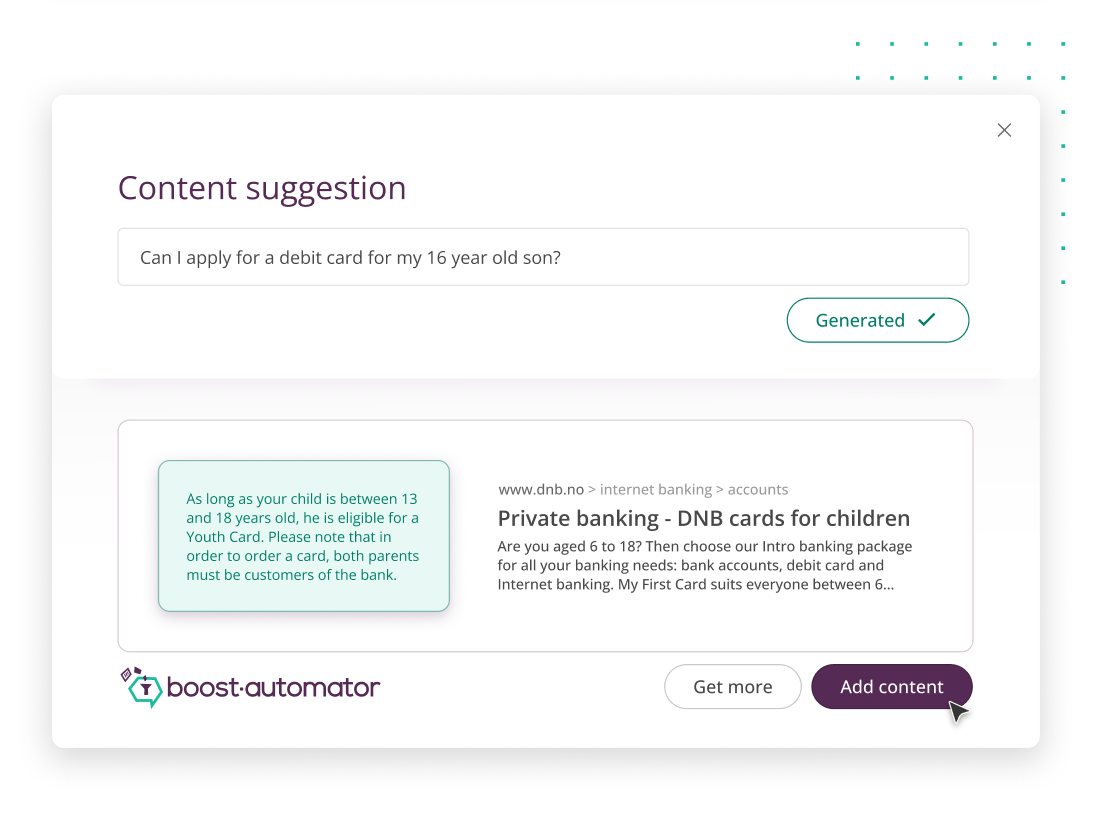How large language models like GPT-3 can be used to create even more advanced virtual agents
There has been a lot of buzz in the machine learning community recently, particularly around the field of natural language processing and the advancements being made with large language models (LLMs) by companies like OpenAI.

At boost.ai, we are excited about the potential of this technology and have been researching and developing ways to integrate LLMs like GPT-3 and others into our conversational AI platform.
Numerous companies opt for boost.ai due to the unmatched efficiency of our solution in rapidly enhancing customer service and internal assistance. LLMs will enable us to elevate this further, creating even more sophisticated virtual agents.
The real game-changer for us is our ability to connect an LLM directly to company-specific data like a website and use it to suggest content. This direct connection to a source enables us to automate relevant content suggestions at scale, significantly speeding up the building and management of virtual agents.

Our customers appreciate the scalability of ourconversational AI— however, creating content for large AI models can be labor-intensive. We can now use LLMs to greatly reduce this workload.
Another important aspect is increasing transparency around the origin of the generated content. Our new Content Suggestion feature (see illustration) displays the source from which the LLM obtained its information, allowing for easier fact-checking and reducing the perception of the model as a "black box."
We are also working to create a content synchronization feature that will automatically update a virtual agent's information when changes are made to the original content source. This is critical for ensuring that the virtual agent always has the most current information, and it also helps to solve the challenge of scaling by making it easier to keep information up-to-date.
All of this is possible because of our existing work in creating algorithms that can quickly process webpages and other sources of information. This makes our conversational AI platform uniquely suited to connecting LLMs to the right information so that they can be useful in enterprise use cases.
In addition to the above, we will also be adding a number of other features, including using LLMs to automate the creation of training data.
Looking ahead, a big challenge that still needs to be addressed is how to use LLM answers directly with end-users without needing a human-in-the-loop to approve them. The key to achieving this in the future will be to connect the LLM answer with a trustworthy source and figure out a way to verify it with an acceptable level of accuracy. This is the most crucial step in utilizing LLMs in customer-facing applications.
Once you have this part figured out, I can see a future where our conversational AI platform fully integrates free-talking language models with its other components to ensure they remain structured and verifiable. Users will be able to switch between conversation flows that include generative LLM-style answers and different media types, while integrating with APIs and backend systems.
As LLMs become more advanced, it will be important to have a connection to a reliable source to ensure the information they provide is accurate so that their potential can be properly harnessed for use in an enterprise setting.
